The history of grass in Spanish landscapes is deeply intertwined with the evolution of the country’s agricultural practices and ecological development. From the Iberian Peninsula’s earliest days, grasslands have played a crucial role in shaping the environment and supporting various forms of life. The introduction of grasses can be traced back to prehistoric times when nomadic tribes relied on the natural flora for sustenance and shelter.
As these tribes transitioned to settled agricultural communities, the cultivation of grasses became essential for livestock grazing, which in turn supported the burgeoning agrarian society. Over centuries, the significance of grass expanded beyond mere sustenance. The Romans, who occupied the Iberian Peninsula from 218 BC to 476 AD, recognized the value of grasslands for their agricultural potential.
They introduced advanced farming techniques and improved grass species that enhanced pasture quality. This period marked a transformation in land use, as vast areas were converted into fertile pastures that supported sheep and cattle herding. The legacy of these practices can still be seen today in regions like La Mancha and Extremadura, where traditional grazing methods continue to thrive alongside modern agricultural techniques.
Key Takeaways
- Grass has been a part of Spanish landscapes for centuries, with its history deeply intertwined with the country’s natural environment and cultural traditions.
- Grass plays a significant role in Spanish culture and tradition, often being used as a symbol of fertility, prosperity, and renewal in various customs and celebrations.
- Spanish landscapes boast a diverse range of grass species, contributing to the country’s rich biodiversity and unique natural beauty.
- Grass in Spanish landscapes provides important environmental benefits, such as soil erosion prevention, carbon sequestration, and habitat for wildlife.
- The lush greenery of grass in Spanish landscapes adds to the aesthetic appeal of the country, creating picturesque scenes that are celebrated in art, literature, and tourism.
The Role of Grass in Spanish Culture and Tradition
Grass holds a prominent place in Spanish culture and tradition, symbolizing not only agricultural abundance but also community and celebration. In rural areas, grasslands are often associated with traditional festivals and communal gatherings. For instance, during the annual Feria de Abril in Seville, vibrant decorations and festivities take place on grassy fields, where families come together to celebrate with music, dance, and culinary delights.
The lush green spaces serve as a backdrop for these cultural expressions, reinforcing the connection between nature and community life. Moreover, grass has been woven into the fabric of Spanish folklore and mythology. Many regions have their own tales that celebrate the beauty and significance of grasslands.
In Galicia, for example, local legends often depict fairies and mythical creatures inhabiting verdant meadows, emphasizing the enchanting qualities attributed to these landscapes. Such stories not only reflect the cultural reverence for nature but also highlight the role of grass as a source of inspiration for artistic expression, from poetry to visual arts.
The Diversity of Grass Species in Spanish Landscapes
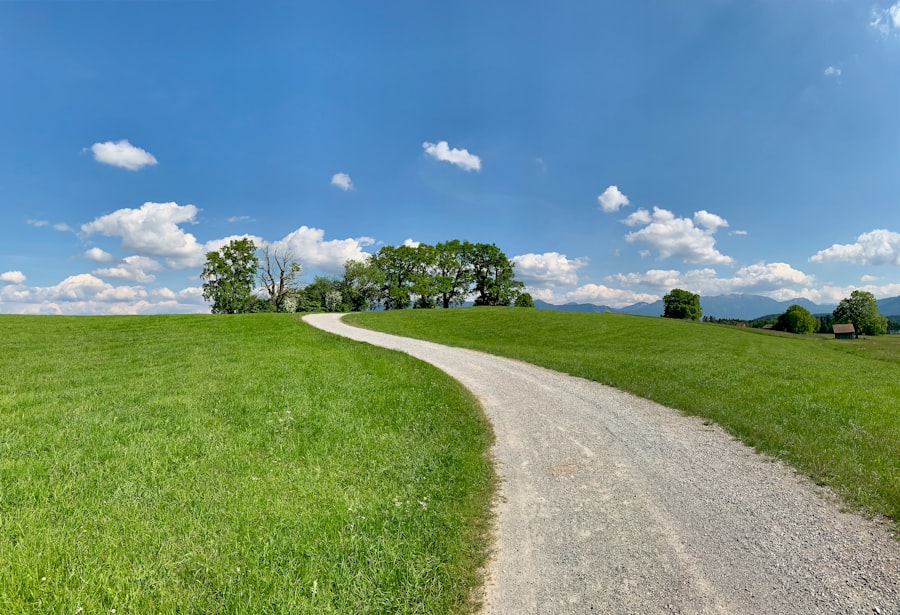
Spain boasts a remarkable diversity of grass species that thrive across its varied climates and terrains. From the arid regions of Andalusia to the lush valleys of the Basque Country, different types of grasses have adapted to local conditions, contributing to the ecological richness of the landscape. Common species include Festuca, Poa, and Dactylis, each playing a unique role in their respective ecosystems.
For instance, Festuca species are often found in mountainous areas, where they provide essential ground cover that prevents soil erosion. The Mediterranean climate also supports a variety of grasses that are well-suited to withstand dry conditions. Species such as Stipa and Bromus are prevalent in these regions, showcasing adaptations that allow them to thrive despite limited water availability.
This diversity is not only crucial for maintaining ecological balance but also supports various forms of wildlife that depend on these grasses for habitat and food sources. The intricate relationships between different grass species and their environments highlight the importance of preserving these ecosystems for future generations.
The Environmental Benefits of Grass in Spanish Landscapes
| Environmental Benefits of Grass in Spanish Landscapes |
|---|
| 1. Carbon Sequestration |
| 2. Soil Erosion Prevention |
| 3. Biodiversity Support |
| 4. Water Filtration |
| 5. Air Quality Improvement |
Grasslands play a vital role in maintaining environmental health across Spanish landscapes. One of the most significant benefits is their ability to prevent soil erosion. The extensive root systems of grasses help anchor the soil, reducing runoff during heavy rains and protecting against land degradation.
This is particularly important in regions prone to drought or heavy rainfall, where soil stability is crucial for sustaining agricultural productivity. Additionally, grasslands contribute to carbon sequestration, helping mitigate climate change by absorbing carbon dioxide from the atmosphere.
Furthermore, grasslands support biodiversity by providing habitats for numerous species, including insects, birds, and small mammals. This biodiversity is vital for ecosystem resilience, ensuring that natural systems can adapt to changing environmental conditions.
The Aesthetic Appeal of Green Grass in Spanish Landscapes
The aesthetic appeal of green grass in Spanish landscapes cannot be overstated. From the rolling hills of Andalusia to the manicured gardens of historic estates, lush green spaces evoke a sense of tranquility and beauty that captivates both locals and visitors alike. The vibrant hues of grass contrast beautifully with the warm tones of traditional Spanish architecture, creating picturesque scenes that are often celebrated in photography and art.
In urban areas, parks and green spaces adorned with grass provide essential recreational areas for residents. Cities like Madrid and Barcelona have made significant investments in green infrastructure, recognizing the importance of accessible green spaces for public health and well-being. These areas not only enhance the visual landscape but also serve as vital lungs for urban environments, improving air quality and providing a refuge for wildlife amidst bustling city life.
Maintaining and Caring for Grass in Spanish Landscapes
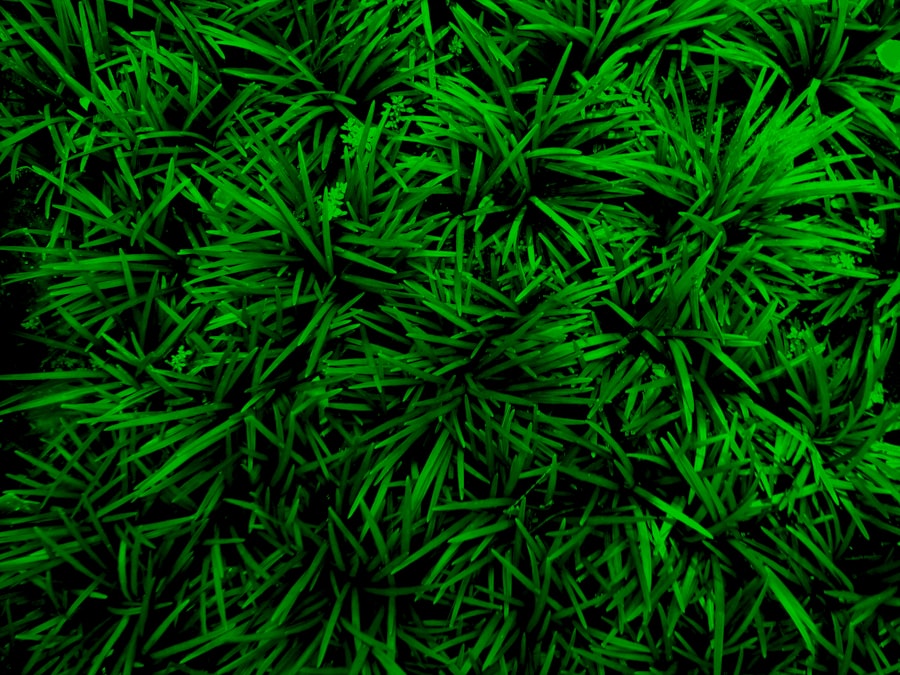
Rotational Grazing in Rural Areas
In rural areas, farmers often employ rotational grazing techniques that allow grass to recover while providing livestock with fresh forage. This method not only promotes healthy grass growth but also enhances soil fertility through natural manure deposition.
Sustainable Landscaping in Urban Settings
In urban settings, lawn care practices have evolved to meet environmental challenges such as water scarcity and pest management. Sustainable landscaping techniques are increasingly being adopted, including xeriscaping—designing landscapes that require minimal irrigation by using drought-resistant plants alongside native grasses.
Conserving Water and Promoting Biodiversity
These practices not only conserve water but also promote biodiversity by encouraging native flora and fauna to thrive.
Grass in Spanish Art and Literature
Grass has served as a powerful symbol in Spanish art and literature throughout history. Renowned artists such as Joaquín Sorolla have captured the essence of Spanish landscapes through their depictions of grassy fields bathed in sunlight. Sorolla’s works often showcase the interplay between light and shadow on grassy surfaces, evoking a sense of warmth and vitality that resonates with viewers.
In literature, grass frequently appears as a motif representing growth, renewal, and connection to nature.
His verses often reflect on the natural world’s ability to inspire introspection and evoke emotions tied to human experience.
Grass as a Symbol of Life and Renewal in Spanish Landscapes
In many ways, grass symbolizes life and renewal within Spanish landscapes. Its ability to regenerate after periods of dormancy mirrors the cycles of nature and human existence. In agricultural communities, the arrival of spring brings forth new growth, signaling hope and abundance after winter’s barrenness.
This cyclical nature is celebrated in various cultural practices, including harvest festivals that honor the land’s bounty. Moreover, grass serves as a reminder of resilience in the face of adversity. In regions affected by drought or environmental degradation, efforts to restore grasslands have become emblematic of broader initiatives aimed at ecological restoration and sustainability.
These endeavors not only enhance biodiversity but also foster a renewed appreciation for the interconnectedness of all living things within Spain’s diverse landscapes. Through its historical significance, cultural relevance, ecological benefits, aesthetic appeal, maintenance practices, artistic representation, and symbolic meanings, grass remains an integral part of Spain’s identity—reflecting both its rich heritage and its ongoing relationship with nature.
Si está interesado en aprender más sobre la importancia de la hierba en la naturaleza, le recomendaría leer el artículo Explorando los conceptos clave del jainismo. Este artículo explora la conexión entre la hierba y la filosofía jainista, que valora la vida en todas sus formas y promueve la no violencia hacia todos los seres vivos. Es fascinante ver cómo esta religión antigua aborda la relación entre los humanos y la naturaleza, incluyendo la humilde hierba que a menudo pasamos por alto en nuestro día a día.
FAQs
What is the Spanish word for grass?
The Spanish word for grass is “hierba” or “césped.”
What are the different types of grass in Spanish-speaking countries?
Some common types of grass found in Spanish-speaking countries include Bermuda grass (Césped Bermuda), St. Augustine grass (Césped San Agustín), and Zoysia grass (Césped Zoysia).
How is grass used in Spanish-speaking countries?
Grass is commonly used for landscaping, sports fields, and recreational areas in Spanish-speaking countries. It is also used for grazing livestock in rural areas.
Are there any cultural or traditional uses of grass in Spanish-speaking countries?
In some regions, grass is used for making traditional crafts such as woven baskets, hats, and mats. It is also used in traditional medicine for its medicinal properties.
What are some common phrases or expressions related to grass in Spanish?
Some common phrases or expressions related to grass in Spanish include “hacer césped” (to mow the lawn), “caminar descalzo sobre la hierba” (to walk barefoot on the grass), and “tener césped artificial” (to have artificial grass).
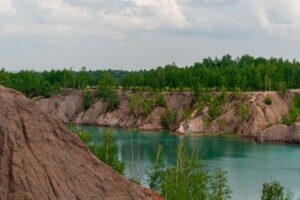

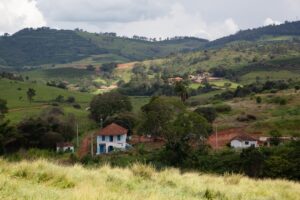







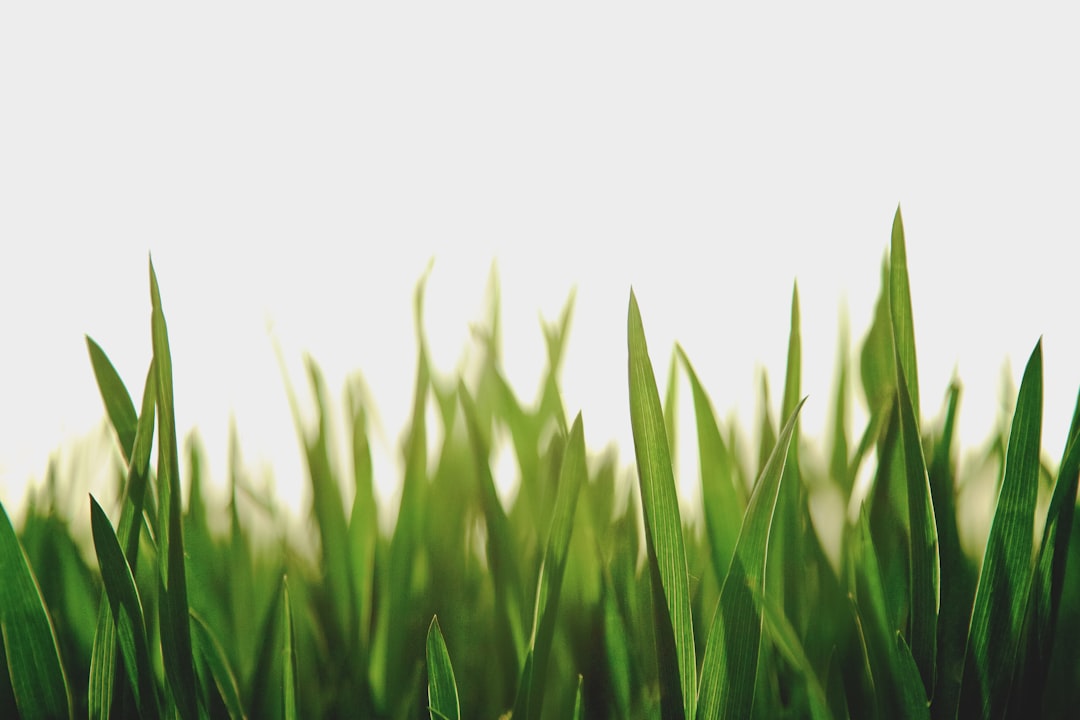
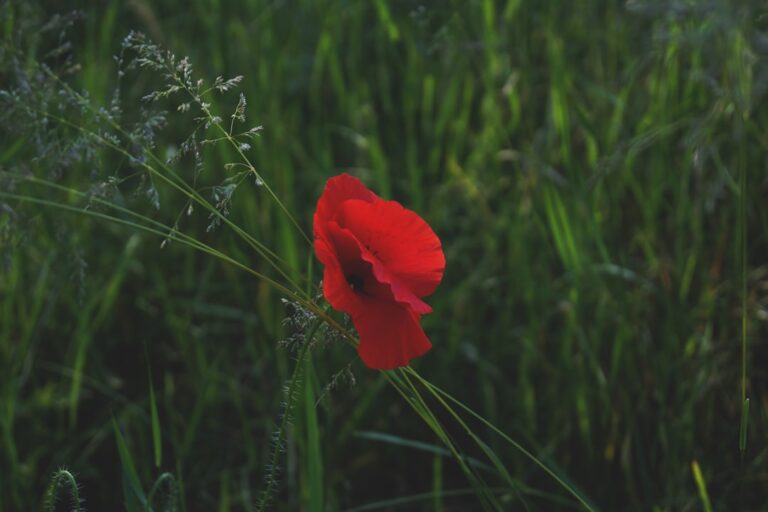

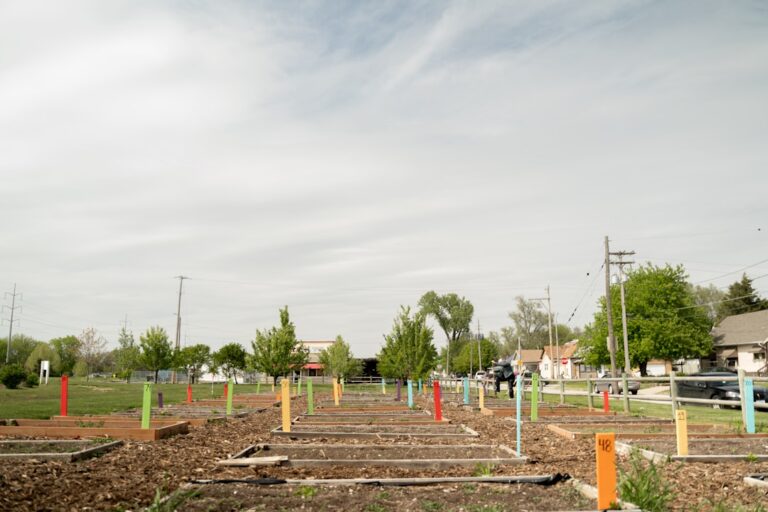


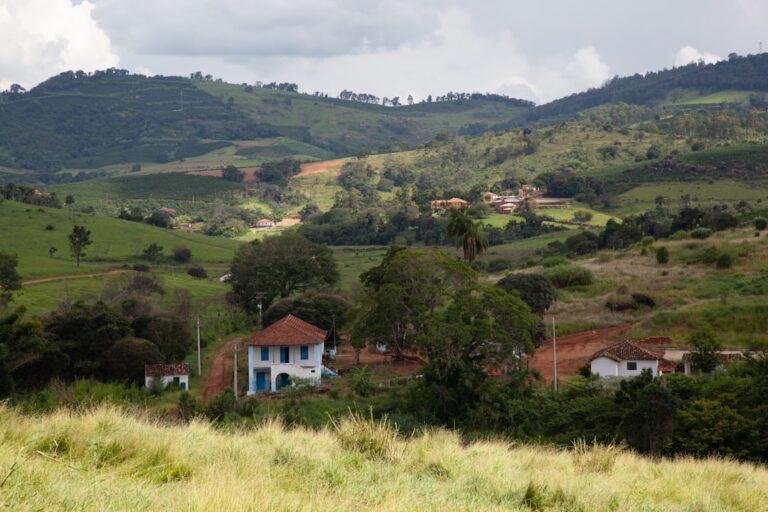

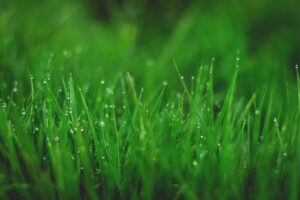





+ There are no comments
Add yours